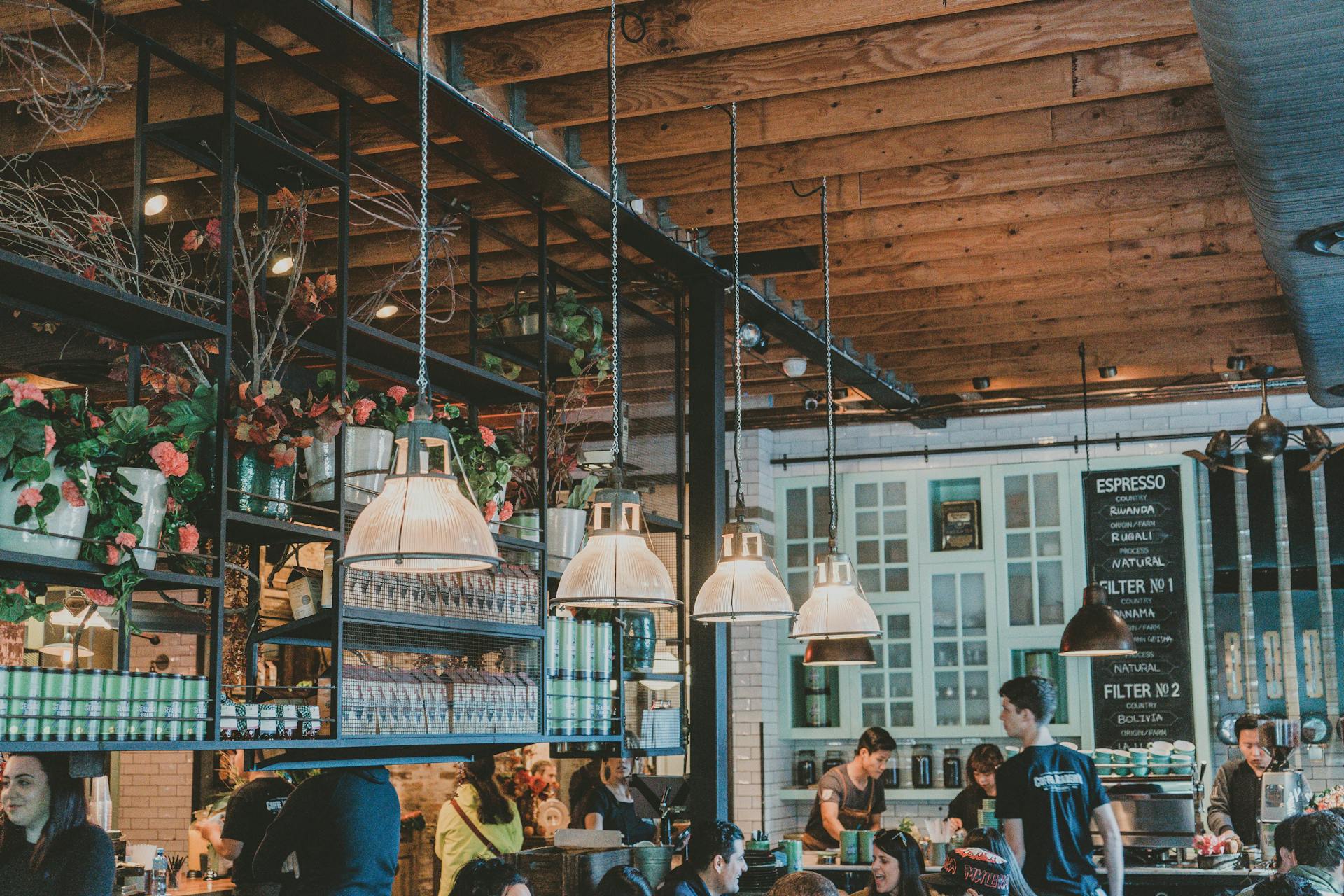
Table of contents
- 1. Rising customer expectations for sustainability and healthier choices
- 2. Automation and AI for enhanced efficiency
- 3. The switch to all-in-one technology
- 4. Emphasis on data-driven decision making
- 5. The rise of personalized and immersive dining experiences
- Future trends in the restaurant industry: What to expect?
Anticipating restaurant industry trends is essential for maintaining a competitive edge in a market that’s evolving at lightning speed. And in order to maintain sales and grow, you need to adapt and give the people what they want. As customer preferences shift, often due to technological advancements and economic factors, restaurants must also shift to meet expectations and enhance dining experiences.
Let’s consider hyper-personalization, one of the top food industry trends in 2024. It’s an approach that utilizes data analytics to tailor dining experiences to individual preferences. By analyzing past orders and customer behavior, restaurants are able to now offer customized menus that resonate with diners. As a result, customer loyalty increases, as do sales.
So what restaurant industry trends can we expect for 2025? Let's dig in to five food service trends we uncovered.
1. Rising customer expectations for sustainability and healthier choices
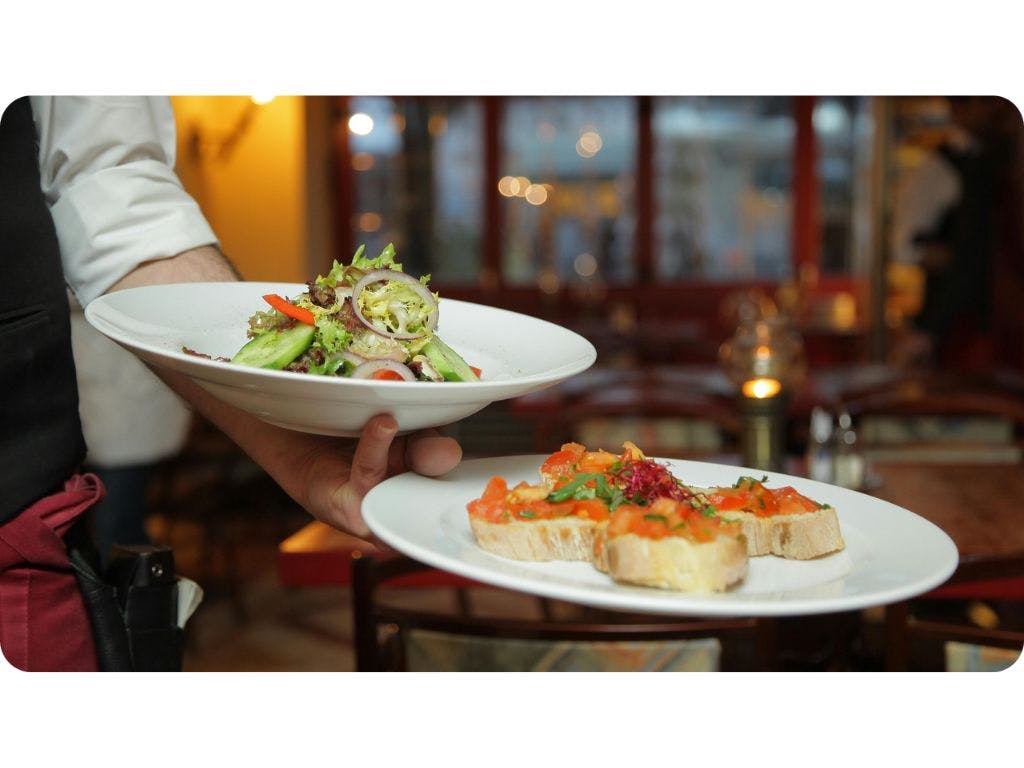
It’s impossible to ignore the growing customer interest in sustainability and healthier menu options that are reshaping the restaurant industry. Diners are actively choosing to support restaurants with a clear commitment to eco-friendly practices and zero-waste policies. A recent survey by Nielsen found that 66% of people around the globe are willing to pay more for sustainable brands.
In addition to sustainability, healthy choices are of importance for 62% while eco-friendly practices come in at 31% according to the International Food Information Council IFIC’s 2024 Food & Health Survey. This desire for nutritious food choices reflects a need for options that align with wellness goals.
How is the industry responding to these food service industry trends? For starters, 62% of restaurant operators reported that they are making changes to reduce plastic waste, with many implementing programs to encourage customers to bring reusable containers or offering discounts for those who do. Single-use plastics are quickly becoming a thing of the past, with restaurants opting instead for biodegradable alternatives such as compostable containers, utensils made from plant-based materials, and paper straws.
A study by the Food Marketing Institute found that 56% of people prefer locally sourced food, seeing it as fresher and more environmentally friendly. This has encouraged restaurant owners to source more local, organic ingredients.
2. Automation and AI for enhanced efficiency
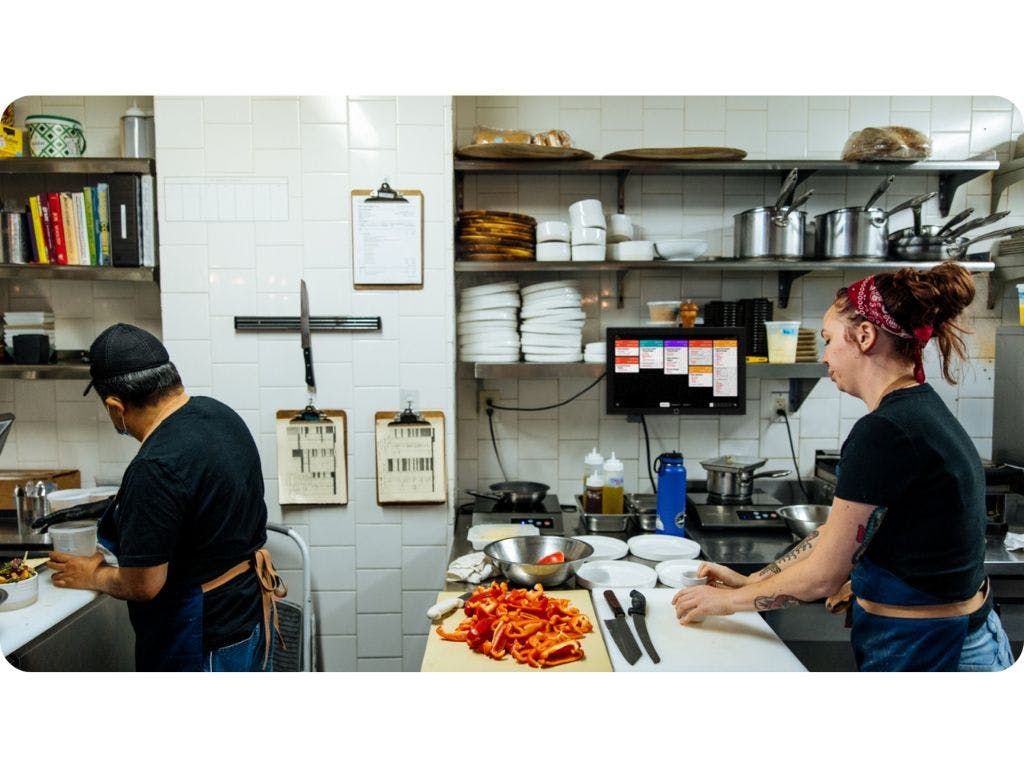
AI and automation are among the most pivotal restaurant market trends. They’re essential for optimizing restaurant operations, providing efficiency and improved customer experiences, and are rapidly transforming both kitchen and front-of-house processes. Here are a few ways AI and automation are being integrated into the restaurant industry:
Automated ordering systems: Self-service kiosks, mobile apps, and voice-activated systems are revolutionizing the way customers place orders. Fast-food chains are jumping on trends like voice automation and self-service kiosks, offering customers the ability to customize their meals without waiting in line.
Mobile apps: Similarly, apps enable diners to place orders ahead of time, minimizing wait times and enhancing convenience. If a client has just an hour break for lunch, having the meal ready upon arrival guarantees a much more enjoyable guest experience.
AI in the kitchen: AI technology is now being used to assist with cooking, inventory management, and food waste reduction. For instance, AI-powered inventory management systems can analyze historical sales data and predict future inventory needs, ensuring that restaurants maintain optimal stock levels while minimizing waste. Smart kitchen tools are providing real-time feedback on cooking times and temperatures, contributing to consistent food quality.
Robotic servers and kitchen helpers: What was once seen only in sci-fi movies is now part of our everyday lives. Robotic servers are undergoing tests to deliver food to tables or assist with front-of-house tasks. Establishments like Sweetgreen have incorporated robotic food prep, ensuring steadiness and speed.
AI in marketing and advertising: Automating your marketing not only leads to more customers, it frees up time to focus on restaurant operations, staffing, and client interaction. While you’re creating new menus, a successful marketing AI system gets to work analyzing your customer data, running targeted ad campaigns, and growing your profit.
Stay ahead of food industry trends with Otter’s AI-powered marketing program, made especially for busy restaurant owners like you.
3. The switch to all-in-one technology
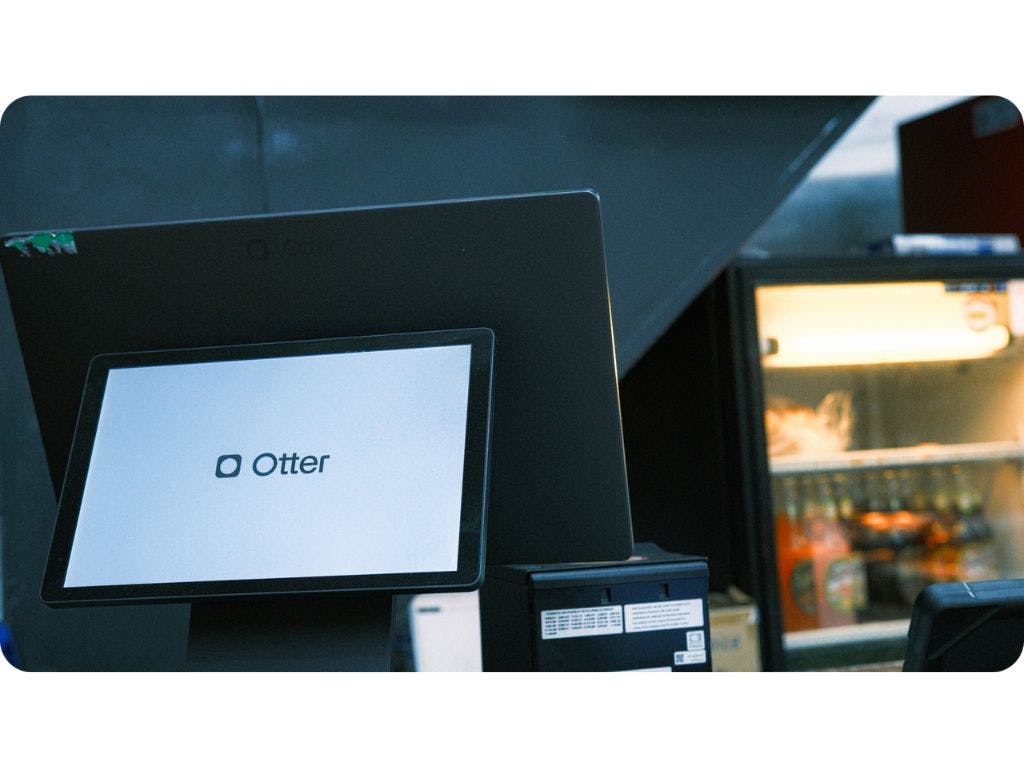
With so many modern customer demands, from online ordering to fast delivery and instant menu updates, restaurants are feeling the pressure to adopt all-in-one tech solutions. This shift has resulted in the integration of comprehensive POS systems to simplify processes, save time, and ultimately improve guest satisfaction.
Many restaurants and franchises still operate with multiple tablets and old school ticketing systems, and feel uncertain about their business month to month. All-in-one software helps you see your business operations, from front-of house to back-of house to back office, all in one place. No more second guessing your taxes, no more stressing over missed orders, no more managing multiple delivery tablets, and no more of the chaos that comes with trying to keep a disconnected tech stack running smoothly.
Otter is the most modern solution on the market that can provide your restaurant with an ideal all-in-one POS. Affordable, easy to train staff on, and built to grow with your business. Add-on a Kiosk, KDS, and more and start thriving with features such as:
- Consolidated order management: This allows restaurants to receive orders from multiple online platforms directly into their POS system, saving time and ensuring accuracy in order fulfillment.
- Real-time menu editing: Which gives restaurant owners an easy way to update menus in real-time across all delivery channels, including pricing.
- Delivery management: To simplify delivery operations by automatically sending orders to the kitchen and tracking each ticket through the creation and delivery process.
- Live reporting and analytics: Prevent missed orders and defects with Otter’s live reporting that shows you areas of improvement to help increase your bottom line.
Letting a restaurant technology expert take care of marketing initiatives and delivery services ensures you can focus on your food and guests instead of time consuming organizational tasks.
4. Emphasis on data-driven decision making
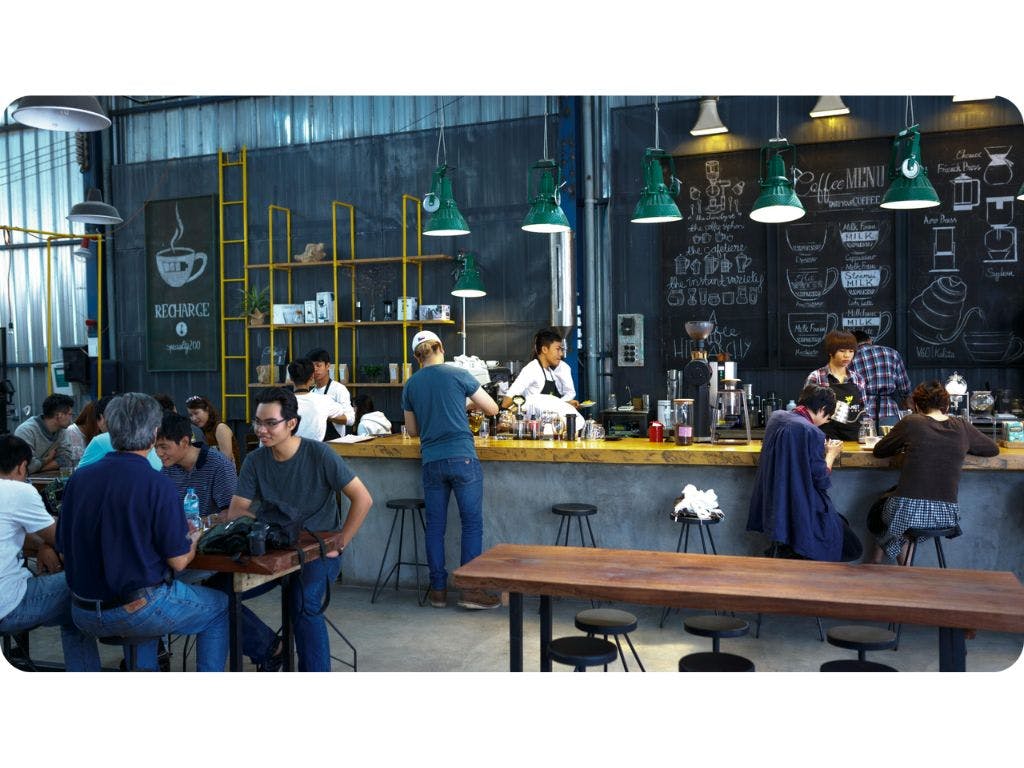
Don’t let the words scare you away — data analysis is crucial when making an informed business decision, but it doesn't have to be overly complex. In order to optimize inventory management, menu design, and marketing strategies, restaurateurs need to know, and truly understand, what’s happening behind-the-scenes.
What kind of data analysis are we referring to? Two of the most important components are:
- Predictive analytics: Forecast upcoming demand based on historical sales data, seasonal trends, and customer preferences. By analyzing this data, you can clearly anticipate busy periods and adjust inventory levels accordingly. This will help minimize waste and keep your kitchen stocked with the ingredients required for your menu’s most popular dishes.
- Customer feedback analysis: Know what your clients are thinking through online reviews and social media surveys. By analyzing sentiment and common takeaways in customer feedback, restaurants can identify areas for improvement in menu offerings and the overall dining experience.
The integration of data analytics into restaurant operations empowers you to make informed decisions to improve operational efficiency and ultimately drive growth. The restaurant industry is a very competitive landscape, so whether you run a cafe or a fine dining establishment, you need to stand out.
Optimize your restaurant’s performance and gain crucial insights into your customer’s preferences with Otter’s easy-to-use analytics software. Learn customer behaviors, what items work best bundled together, and improve your bottom line by preventing missed orders through data.
5. The rise of personalized and immersive dining experiences
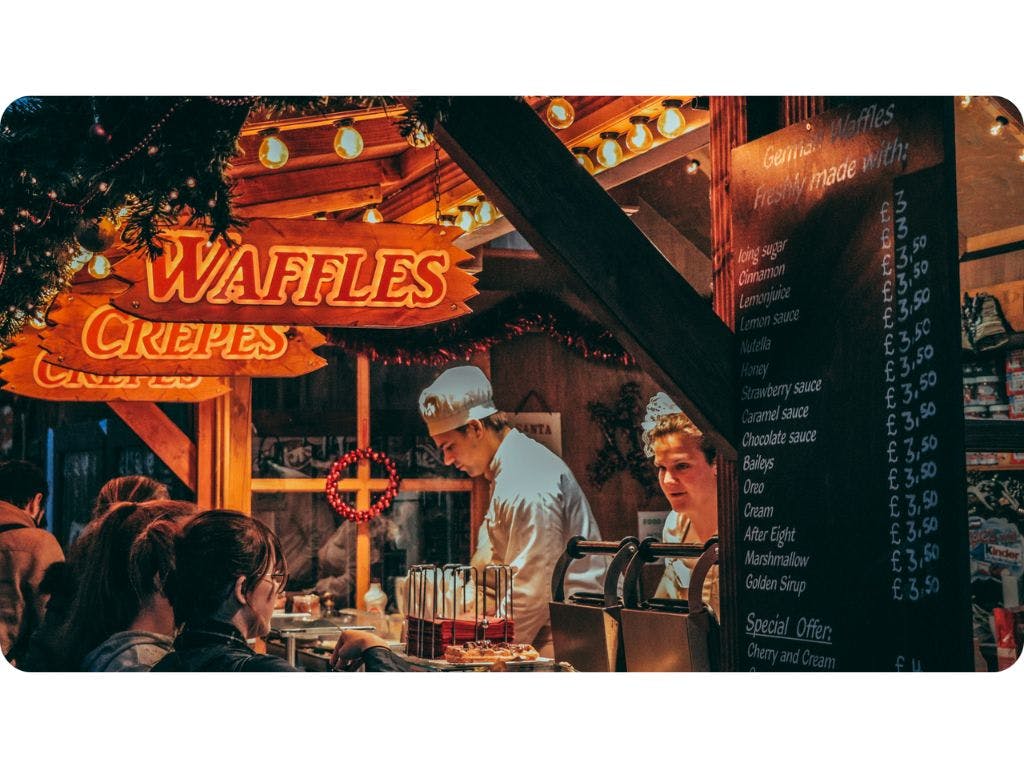
To enhance customer loyalty in today’s world, it’s absolutely essential to create unique, personalized experiences that make your customers feel appreciated. How can it be done? Here are a few innovative ideas.
Augmented Reality (AR) and Virtual Reality (VR): It’s all about immersive restaurant experiences these days, and many restaurant owners are having success by integrating AR and VR into the dining experience to engage customers interactively.
For example, AR allows diners to visualize menu items before ordering, while VR can create themed environments of their choosing, for example iChina. Using VR headsets, iChina offers an eight-course virtual reality tasting menu featuring audio and visual effects designed to stimulate specific senses with each dish. These innovations not only captivate customers but also differentiate restaurants in a competitive market.
Personalized menus and experiences: Recent customer behavior indicates that more than ever, diners expect tailor-made menus according to their preferences and dietary restrictions. By utilizing ordering trends and customer feedback, you can offer more of what your diners want and foster a dedicated following.
Loyalty programs and personalization: Speaking of a dedicated following, loyalty programs are evolving to offer more than just points; programs now provide personalized rewards. By analyzing a customer’s purchasing behavior, restaurants can send targeted promotions or special offers that align with their preferences, making each customer feel valued and committed.
Future trends in the restaurant industry: What to expect?
As we look into the future trends in the restaurant industry in 2025 and beyond, one fact is undeniable: adapting to emerging trends is essential for success. Customers want healthier, more sustainable menu options, and many diners are actively seeking out restaurants that align with those values. Additionally, AI and automation is quickly revolutionizing restaurant management duties, enhancing efficiency while delivering personalized experiences to foster customer loyalty.
By embracing modern all-in-one technology solutions like Otter's POS system, restaurant owners can streamline their processes, optimize food costs and inventory, and create tailored dining experiences that resonate with guests. As we approach 2025 and beyond, those who proactively adopt these trends will meet customer expectations and gain a competitive edge in an ever-evolving market. Now is the time to take action—invest in innovative strategies and position your restaurant for long term achievement.

Book a demo with Otter
It’s time to enhance your operations with Otter’s all-in-one restaurant platform. Book time with our sales team to learn more.

Book a demo to see how Otter’s all-in-one platform can help your restaurant thrive.